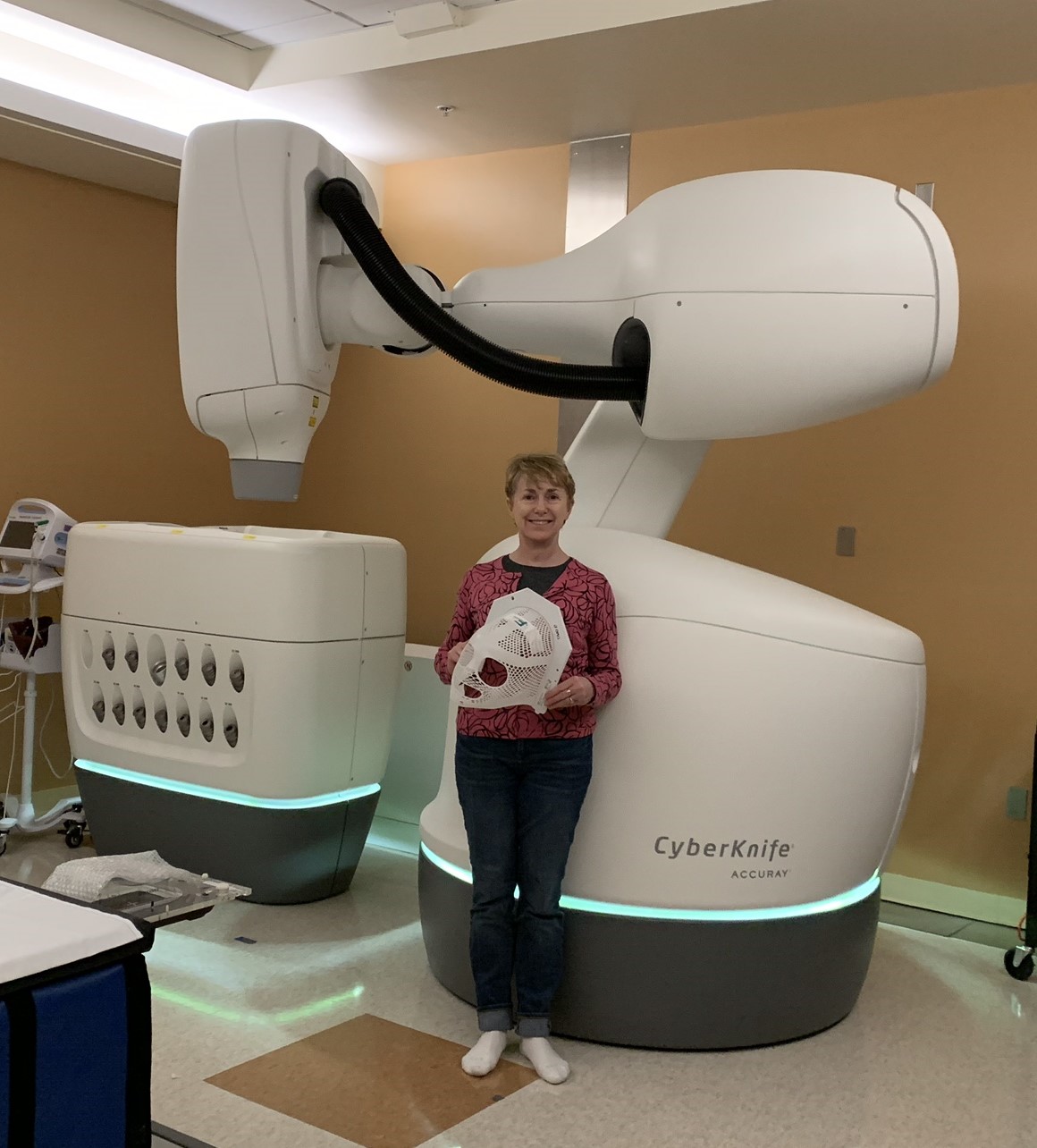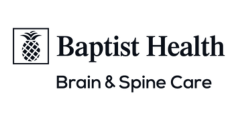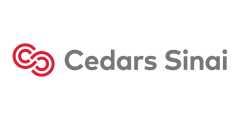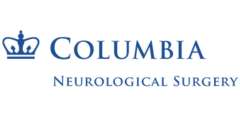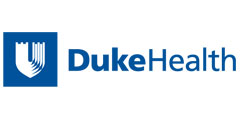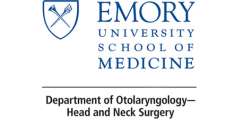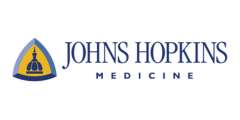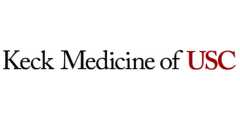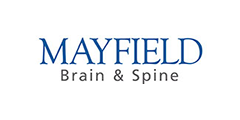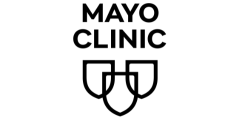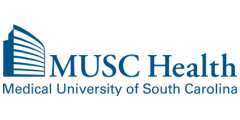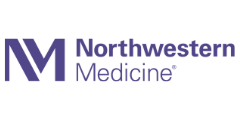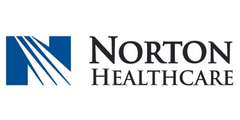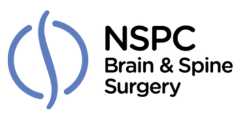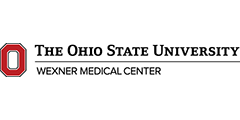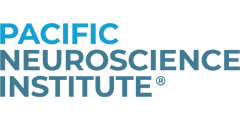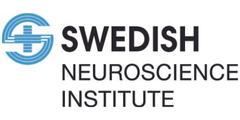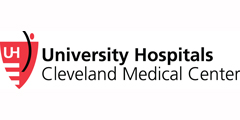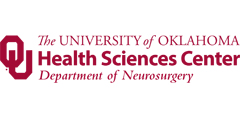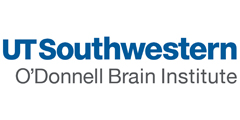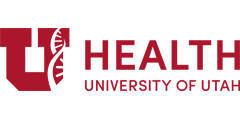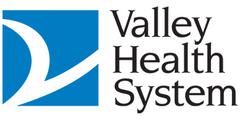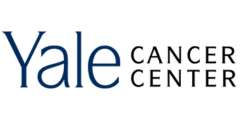My CyberKnife Story: A Scientific Marvel Akin to Star Wars
By Laura Fay
In early 2019, I was in my home office when I answered a phone call. I drew the phone to my right ear, but the voice was so faint it was inaudible. The volume was at max. I switched the phone to my left ear, and the voice came through loud and clear. Uh oh!
A visit to my primary care physician led me to an audiology test and an MRI. I was told I had a 1.9 cm brain tumor. After receiving this information, I stopped processing any further news. I thought I was done for. I wondered how long I had. I wanted that tumor out of my head. Learning I had an acoustic neuroma didn’t reduce my panic—anything ending in ‘oma’ never seemed good.
My tumor was small, and my neurosurgeon recommended a wait-and-see approach. Usually, ANs are slow-growing, but not mine. A second MRI revealed that the AN had grown 50% over the previous six months. The watch-and-see option was off the table.
I attended the ANA’s Patient Education Event held at Stanford in August 2019 and learned about all the options available to me. I was encouraged by the success rates for CyberKnife. I heard about patients who went for treatment in the morning and were back to work that afternoon. It sounded good, but my inner technical geek needed to understand the details first before jumping in.
I learned that the CyberKnife was invented by neurosurgeon John Adler, M.D., at Stanford. It leverages Linear Accelerator (LINAC) technology that was developed in my backyard—Silicon Valley.
To encourage the AN cells to die, over 100 radiation beams, propelled by a mini-linear accelerator, are aimed at the tumor. The process, when paired with computerized imaging, delivers radiation at extremely high degrees of accuracy with less than 1 mm of error. This allows for a non-invasive and more precise radiation treatment over a short period of time, with minimal negative effects to the surrounding tissue.
I thought, “Sign me up!”
In early January 2020, I went to Stanford for my treatments, and they were seamless. The first of the five sessions was intended to create a custom face mask to fully immobilize my head. The remaining four sessions were made easier by listening to Bob Marley, who helped me find my Zen. I kept my custom mask, and my sons decided it was dramatic enough to scare trick-or-treaters on Halloween! The daily steroids and anti-nausea meds helped deflect any short-term reactions, and I was back at my desk immediately.
For me, the magic of Marie Curie’s pioneering research in radioactivity combined with the precision of linear acceleration, smart robotics, and computer image correlation created a treatment that felt like pure magic. I found the courage to embrace the idea that ‘brain’ and ‘radiation’ can coexist in the same sentence. I felt like I experienced a scientific marvel akin to Star Wars.
I am four years out from my treatment. I have permanent hearing loss and constant tinnitus, but it is manageable. My tumor has shrunk by 50% and is maintaining. I’ll take that as a win!

